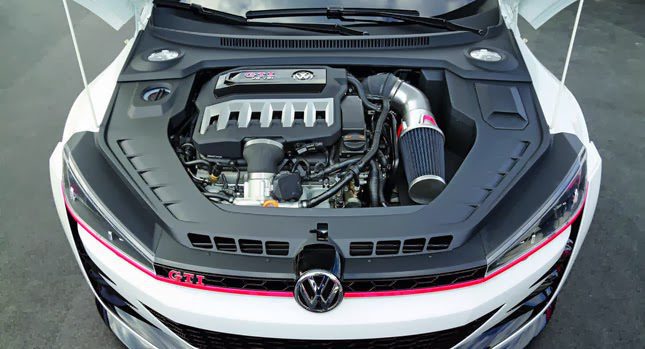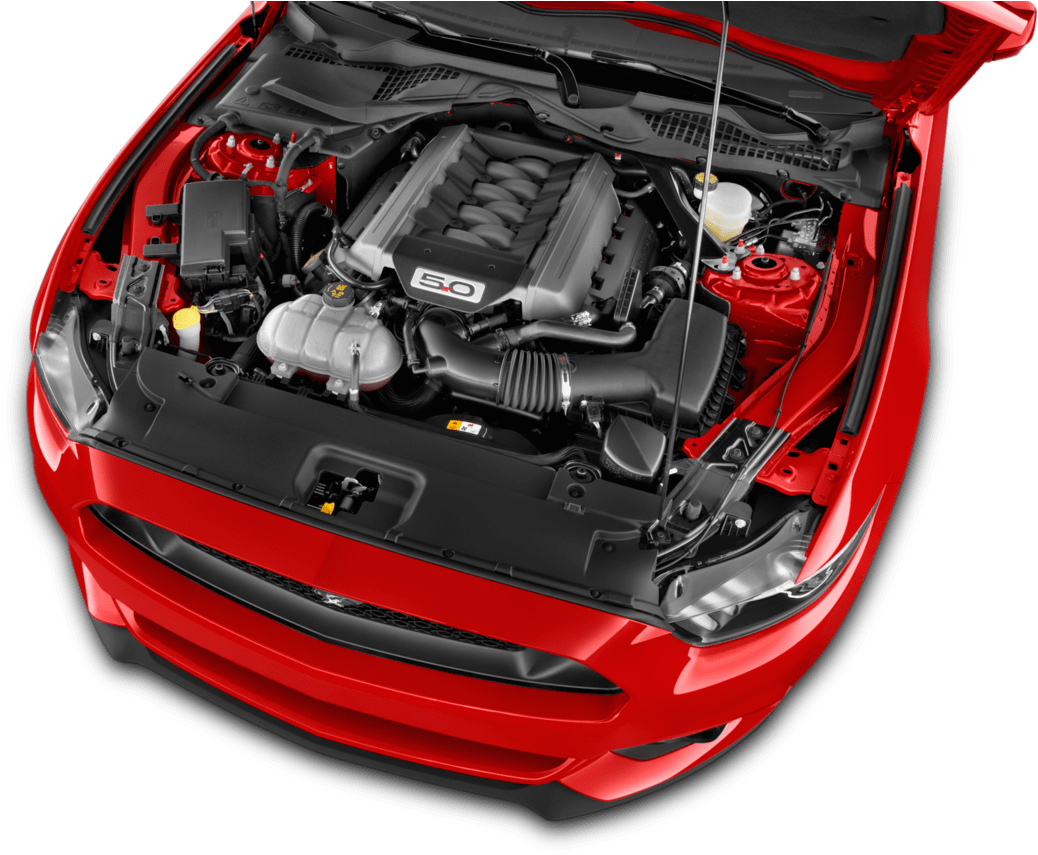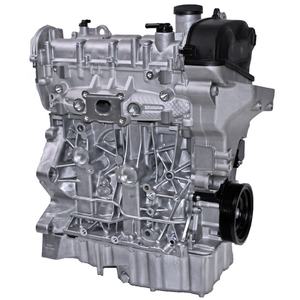Efficient and Effective Tiny Automobile Motor Performance Analysis
Analyzing the efficiency of little vehicle electric motors is a nuanced task that calls for a keen eye for information and a deep understanding of automobile engineering principles. When it involves small vehicles, the equilibrium in between effectiveness and power is important for delivering a driving experience that is both enjoyable and economical. By examining crucial metrics such as horse power and torque, in addition to evaluating gas effectiveness, we can reveal insights right into how little auto engines can be maximized for peak performance. Furthermore, checking out future patterns in little vehicle motor modern technology assures to unveil cutting-edge methods that could reshape the landscape of automotive engineering.

Little Car Motor Performance Metrics
In evaluating the efficiency of little auto electric motors, key metrics such as acceleration, fuel effectiveness, and power result play an essential function in identifying their general efficiency and viability for various driving conditions. Acceleration, measured in seconds from 0 to 60 miles per hour, indicates how quickly a small car can reach higher speeds, which is necessary for combining onto freeways or surpassing other automobiles. Gas effectiveness, normally determined in miles per gallon (MPG), shows exactly how far a small car can take a trip on a gallon of gas, affecting running expenses and environmental sustainability. Power output, shared in horse power (HP) or kilowatts (kW), symbolizes the engine's ability to generate the required force to push the automobile, affecting its efficiency in different road conditions. By examining these performance metrics adequately, makers, chauffeurs, and automotive fanatics can make enlightened choices relating to the choice and optimization of little car motors to satisfy their certain needs and choices.

Horsepower and Torque Analysis
With a fundamental function in comprehending little automobile motor efficiency, torque and horse power evaluation supplies insight into the engine's power delivery attributes. In the context of little auto electric motors, horse power is critical for figuring out acceleration, top rate, and general efficiency. By recognizing the partnership between horsepower and torque, vehicle engineers can enhance engine performance to meet the details demands of little car applications.
Gas Effectiveness Evaluation
The assessment of gas effectiveness in little automobile electric motors plays an essential duty in identifying their economic and ecological impact. Gas performance refers to the ability of a vehicle to utilize gas successfully in connection to the distance took a trip. In small auto motors, where portable size commonly correlates with much better fuel economic climate, numerous elements affect efficiency. Engine style, weight, aerodynamics, and driving problems all add to just how effectively fuel is eaten.
Small auto electric motors that attain greater MPG scores are thought about much more fuel-efficient, resulting in expense financial savings for vehicle drivers and lowered exhausts that benefit the environment. Manufacturers continually make every effort to boost fuel efficiency via improvements in engine technology, light-weight products, and wind resistant styles.

Maximizing Tiny Automobile Engine Performance
Enhancing the efficiency of little vehicle engines is extremely important in optimizing performance and reducing functional expenses. Optimizing tiny auto engine efficiency entails an alternative method that takes into consideration different variables such as engine design, fuel management systems, and total car dynamics. One crucial aspect of enhancing engine performance is making certain appropriate upkeep routines are adhered to, consisting of regular oil changes, filter substitutes, and stimulate plug inspections. Furthermore, tuning the engine to run at its peak performance can substantially enhance general efficiency.
An additional important consider optimizing tiny vehicle engine efficiency is the utilization of innovative modern technologies such as turbocharging or crossbreed systems. These innovations can improve power result without jeopardizing gas efficiency, providing an equilibrium between performance and economy. Maximizing engine performance likewise involves boosting burning efficiency, minimizing frictional losses, and boosting thermal administration systems.
Future Trends in Small Vehicle Motors
Due to advancing vehicle technologies and the constant search of optimal little car engine performance, an expedition of future fads in small vehicle motors ends up being imperative - opel corsa engine. One popular fad imminent is the enhancing assimilation of electrical powertrains in tiny cars and trucks. As the automotive market shifts in the direction of sustainability and decreased exhausts, even more tiny car producers are investing in electrical motor modern technology to boost performance and environmental friendliness
One more considerable trend is the advancement of smaller yet a lot more powerful turbocharged engines for small vehicles. By downsizing engine capabilities and integrating turbocharging modern technology, car manufacturers can attain greater power results while keeping gas efficiency. This pattern straightens with the growing customer need for tiny cars that deliver a vibrant driving experience without endangering on gas economy.
Moreover, the introduction of hybrid powertrains in little vehicles is expected to obtain grip in the future. Hybrid systems offer the benefits of both inner burning engines and read more electrical motors, supplying improved performance and fuel effectiveness. As improvements in battery innovation continue, small vehicle motors are most likely to end up being much more powerful and reliable, satisfying the developing needs of customers and regulatory requirements for cleaner transportation options.
Final Thought
Finally, the evaluation of little car electric motor efficiency metrics such as torque, horsepower, and gas efficiency is vital in enhancing engine performance. By assessing these elements, suppliers can enhance the total effectiveness and power result of small vehicle motors (opel corsa engine). Future fads in small cars and truck motors are likely to focus on boosting efficiency while preserving gas efficiency, making sure that small cars and trucks remain to be a check that trusted and affordable choice for customers
By checking out crucial metrics such as horsepower and torque, as well as evaluating gas performance, we view it can uncover understandings right into how small cars and truck engines can be maximized for peak performance. Maximizing tiny vehicle engine efficiency involves an all natural technique that considers various elements such as engine style, gas monitoring systems, and total vehicle dynamics.In light of advancing vehicle modern technologies and the continual search of ideal tiny cars and truck engine performance, an exploration of future trends in small automobile motors ends up being critical.In conclusion, the analysis of little automobile motor performance metrics such as fuel, torque, and horsepower effectiveness is essential in optimizing engine performance. Future fads in tiny automobile electric motors are likely to focus on boosting efficiency while keeping gas effectiveness, guaranteeing that small vehicles continue to be a affordable and trustworthy option for consumers.